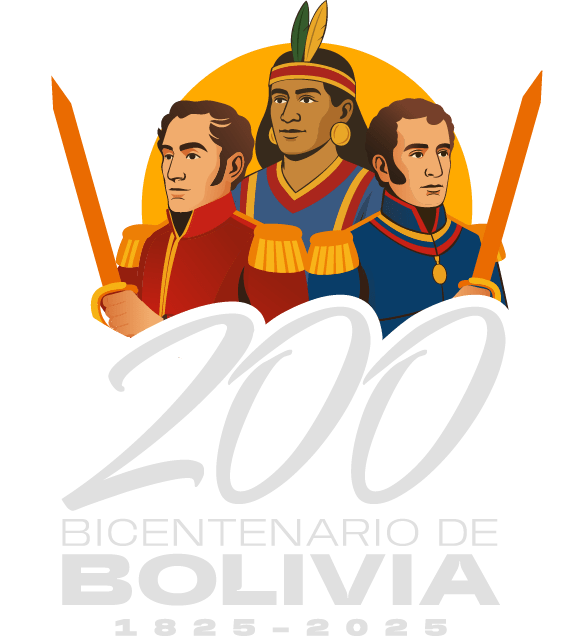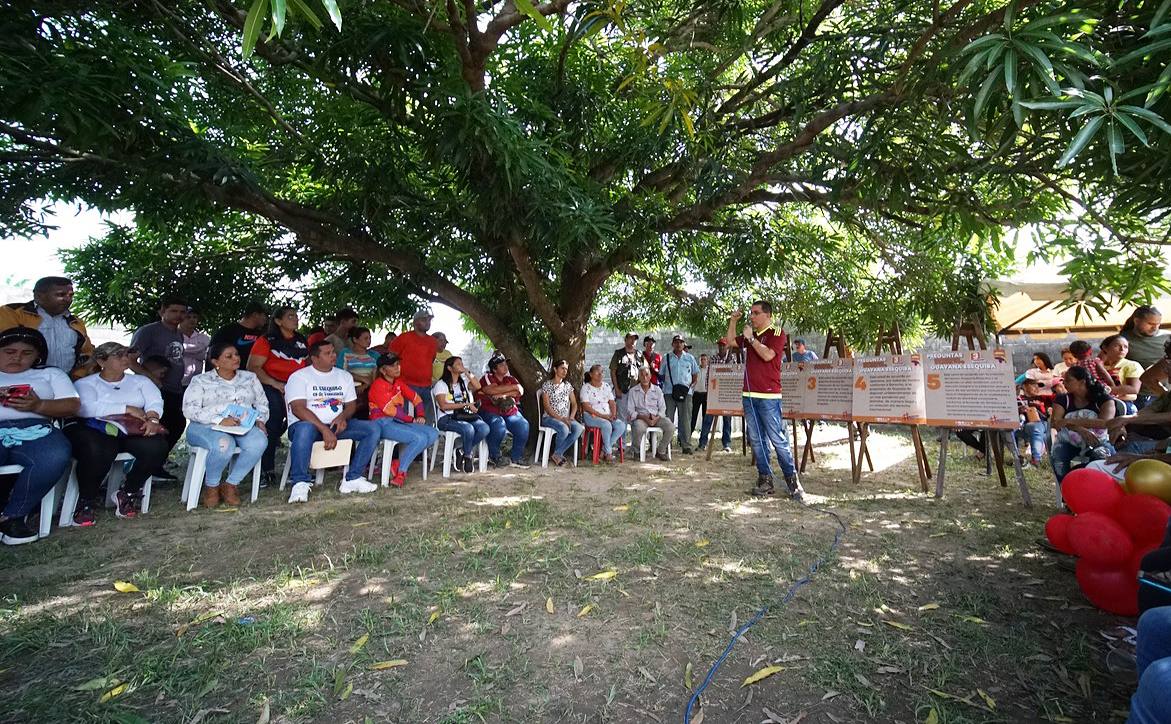Barinas, November 18, 2023 (Mincomunas Press) – The People’s Power Minister for Communes and Social Movements, Jorge Arreaza, headed a training session this Saturday in Barinas state on the territorial controversy between Venezuela and Guyana over the Essequibo and the consultative referendum on its defense that calls all Venezuelan men and women, authorized by the National Electoral Council (CNE), on December 3
The meeting, which included analyzing the five questions approved by the CNE for the people’s consultation and the historical background of the border dispute, took place in the Cuatricentenario de La Union Commune sector, in the Pedraza municipality of the plains entity.
Present at the event, the Mayor of Pedraza, Frenchy Díaz, expressed that “we must all unite as Venezuelans, with a patriotic feeling, to defend a territory that has belonged to Venezuela” throughout its history.
On December 3, “We will armor the position of the Venezuelan State, historically, from Cipriano Castro to Hugo Chavez and Nicolas Maduro, all presidents have had the same position, but we will armor it with the people,” Minister Arreaza emphasized.
He pointed out that, on that first Sunday of December, Venezuelans have a grand commitment to the Homeland. “Venezuela, for 124 years, has had an arm, a shoulder being cut off, and we cannot remain with our arms crossed rather we must go out with great pride and conviction this territory is ours,” he affirmed.
Arreaza explained that when in 1777, the Kingdom of Spain created the Captaincy General of Venezuela, it had the Esequibo River as its eastern limit and that in 1822, the Liberator Simón Bolívar told his Minister of Foreign Affairs to raise a protest to the British Government because they were colonizing Venezuelan lands to the west of the Esequibo.
He commented that the British hired the German cartographer Robert Schomburgk, who, since 1840, began to publish some maps running the limit between Venezuela and British Guyana until they practically entered, in the maps, the state of Bolivar, generating tension between the two countries. He said that the British took advantage of the internal convulsions that characterized the birth of the Republic and took possession of the Essequibo territory until the last decade of the 19th century when the relations with Great Britain were broken, deciding to go to arbitration with two judges from the United States, two British and one Russian, who in an imperialist political scheme made a fraud in 1899, with which they tried to snatch the historically Venezuelan territory.
The head of the Office of the Communes continued with the signing of the Geneva Agreement in 1966 until reaching the current situation, when the U.S. company Exxon Mobil finances Guyana to go to the International Court of Justice, a mechanism to which Venezuela historically does not recognize jurisdiction to settle the controversy. “In September of this year they granted license to Exxon Mobil in waters off Delta Amacuro” to explore and exploit oil in maritime waters pending to be delimited, reproached the Minister.
He emphasized that the proposal of the National Assembly to call for a consultative referendum constitutes one of the fundamental weapons to stop the aggression against Venezuela and to procure peace, as is the vote: “We must go out to vote and ratify that the Essequibo is ours. The higher the turnout on December 3, the more we will guarantee peace and territory for Venezuela. It is not a partisan issue, it is a matter of Venezuela as a whole. It is the Homeland that is at stake. This December 3, we will tell the world that Venezuela defends its territory”.
The activity in Barinas takes place on the eve of the voting drill of the National Electoral Council, scheduled for this Sunday, November 19, which seeks voters to prepare and familiarize themselves with the referendum. Barinas will have 23 voting centers activated.



